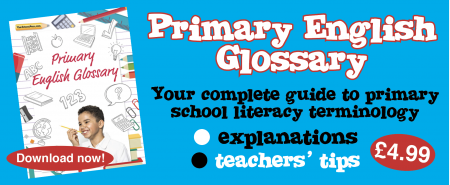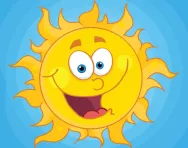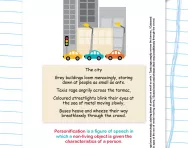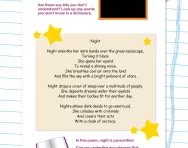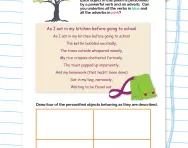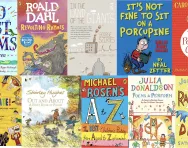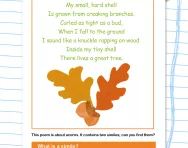Important update from TheSchoolRun
For the past 13 years, TheSchoolRun has been run by a small team of mums working from home, dedicated to providing quality educational resources to primary school parents. Unfortunately, rising supplier costs and falling revenue have made it impossible for us to continue operating, and we’ve had to make the difficult decision to close. The good news: We’ve arranged for another educational provider to take over many of our resources. These will be hosted on a new portal, where the content will be updated and expanded to support your child’s learning.
What this means for subscribers:
- Your subscription is still active, and for now, you can keep using the website as normal — just log in with your usual details to access all our articles and resources*.
- In a few months, all resources will move to the new portal. You’ll continue to have access there until your subscription ends. We’ll send you full details nearer the time.
- As a thank you for your support, we’ll also be sending you 16 primary school eBooks (worth £108.84) to download and keep.
A few changes to be aware of:
- The Learning Journey weekly email has ended, but your child’s plan will still be updated on your dashboard each Monday. Just log in to see the recommended worksheets.
- The 11+ weekly emails have now ended. We sent you all the remaining emails in the series at the end of March — please check your inbox (and spam folder) if you haven’t seen them. You can also follow the full programme here: 11+ Learning Journey.
If you have any questions, please contact us at [email protected]. Thank you for being part of our journey it’s been a privilege to support your family’s learning.
*If you need to reset your password, it will still work as usual. Please check your spam folder if the reset email doesn’t appear in your inbox.
What is personification?

What is personification?
Children in Key Stage 2 start to think about how writers use figurative language to create effect in their writing. One type of figurative language is personification, which is giving an object human characteristics (emotions, sensations, speech, physical movements).
Examples of personification for children
The cruel waves crashed mercilessly and swallowed the poor swimmer.
Here, the writer describes the waves using human attributes, 'cruel' and 'merciless'. The waves are also given a human physical process, swallowing, when waves cannot literally swallow something.


Download a FREE Creative Writing toolkit!
- KS1 & KS2 workbooks
- Bursting with fill-in prompt sheets and inspiring ideas
- Story structure tips, style guides and editing suggestions
Personification is also used in everyday sayings, for example:
Those flowers are crying out for water.
This expression is designed to tell us that the flowers need watering, but it implies the flowers have a voice. It also makes the sentence quite emotional, perhaps as a way of conveying urgency (someone needs to do something about the flowers quickly!).
London is a city that never sleeps.
This expression tells us that London is a city that is lively all the time. A city cannot literally be awake or asleep, but the expression tells us something about the people who live in the city and their activities, and how they characterise a city.
When are children taught personification?
Teachers will start to mention personification to children in Key Stage 2 (probably around Year 4 or 5).
Personification is usually taught through poetry. A teacher might start by showing the children a poem such as this one: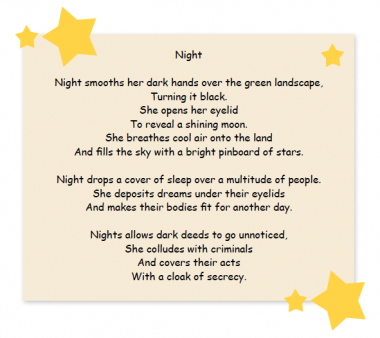
Children might be asked to give examples of personification in the poem. For example:
- Night is often referred to as 'she' in this poem.
- Night is given body parts, such as hands and eyelids, and is said to 'breathe'.
- Some verbs are used to suggest that night has intentions, such as: 'colludes' and 'allows'.
Children would probably need to study a variety of poems before they would be ready to start writing their own personification poem. A teacher would either think of an object to encourage the whole class to write about, or they might allow children their own choice. They might prompt the children with questions about all the different aspects of a human being and how you could relate this to the object. For example:
- Which parts of the object could you compare to human body parts?
- What feelings could you give the object that make it sound human?
- What actions could the object carry out that are similar to a person's action?
Children might brainstorm these ideas on a spider diagram and then start drafting their poem.
